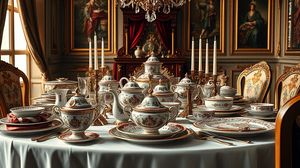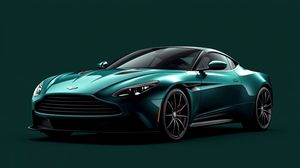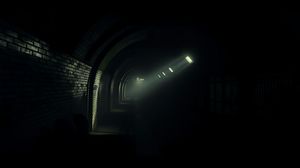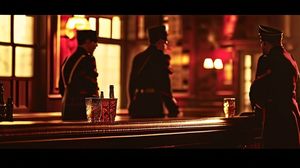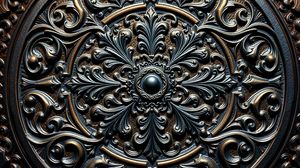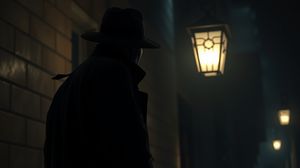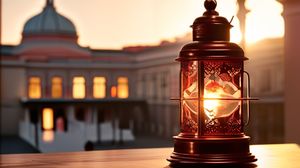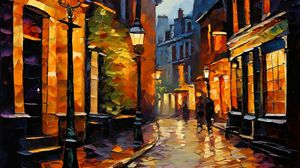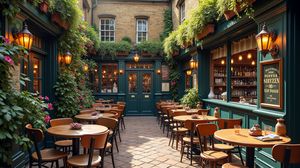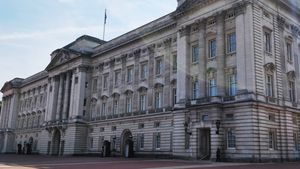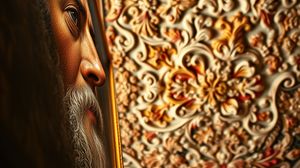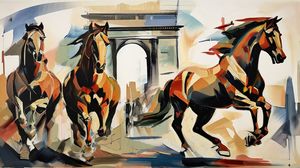
Wellington Arch, standing at Hyde Park Corner, is an iconic London landmark and a triumph of 19th-century architect Decimus Burton. Originally constructed as a grand entrance to Buckingham Palace, the arch was moved to its current location in the late 19th century. It is celebrated for its stunning Corinthian columns and the towering bronze sculpture of the Quadriga, depicting the Angel of Peace descending on a four-horse chariot, crowning its summit.
The base of the arch contains an intriguing museum narrating the history and significance of this majestic structure, as well as details about the nearby landmark of Apsley House, which was the London home of the Duke of Wellington. Visitors can enjoy panoramic views of London from the balconies, providing a unique vantage point over the surrounding parks and historic buildings.
One of the more unusual facts about Wellington Arch is that it was originally designed to serve as a victory arch commemorating Wellington's triumph over Napoleon at the Battle of Waterloo. However, the original statue, a larger-than-life representation of Wellington himself, was replaced by the current sculpture in the early 20th century due to a change in tastes and practical challenges associated with its size.
Remarkably, Wellington Arch once served a practical purpose as a busy traffic island amidst one of London's busiest interchanges, demonstrating the city's evolution over time. Today, it stands as a reserved monument, a quiet juxtaposition to the hustle and bustle of modern London around it.
Wellington Arch is not only an architectural marvel but also a fascinating piece of London's political history. Its design and subsequent changes reflect shifting tides in public taste and political sentiment, making it a symbol of endurance and adaptation.

Making the Most of Your Visit:
Make sure you get up to the viewing balconies. The views over Hyde Park and the surrounding areas are unique and definitely worth the climb. Also, it's a perfect spot for snapping some impressive photos with the London skyline in the background.
Check out the museum inside the arch for a fascinating glimpse into its history. You'll find out why Decimus Burton's original grand design had to be modified and also learn more about the Duke of Wellington. It's not a massive exhibition, so you can easily fit it into your visit.
Take a moment to admire the Quadriga on top of the arch. It's the largest bronze sculpture in Europe. If you time your visit towards late afternoon, the setting sun often makes the bronze glow beautifully, providing a perfect photo opportunity.
The arch is positioned at Hyde Park Corner amidst some heavy traffic, but don't let that rush your visit. There's a certain charm in witnessing this piece of history standing tall amidst the modern hustle and bustle. It's a beautiful reminder of London's rich, layered history.
If you're visiting on a day with fewer crowds, try to soak in the tranquil atmosphere. While it's a popular spot, it can still feel like a hidden gem in the heart of London when it's quieter. An early morning or late afternoon visit often provides a more peaceful experience.

Visiting Times & Costs:
Wellington Arch is open to the public and offers visitors a chance to explore both its interiors and enjoy the views from its balconies. The general opening times are from 10:00 AM to 4:00 PM, Wednesday to Sunday, but please note these hours can vary, especially around public holidays or special events, so it's advisable to check specific dates if planning a visit.
There is an entrance fee for accessing the museum and balconies inside Wellington Arch, with tickets offering reduced rates for children, students, and seniors. Members of English Heritage can enter for free, reflecting its status as a site cared for by this organization.
Visitors should note that Wellington Arch aims to be accessible; however, due to its historic nature, some areas may have limited accessibility. Guests with mobility issues are encouraged to check in advance regarding access and facilities available to ensure a smooth visit.

Address & Map:

Nearby:


